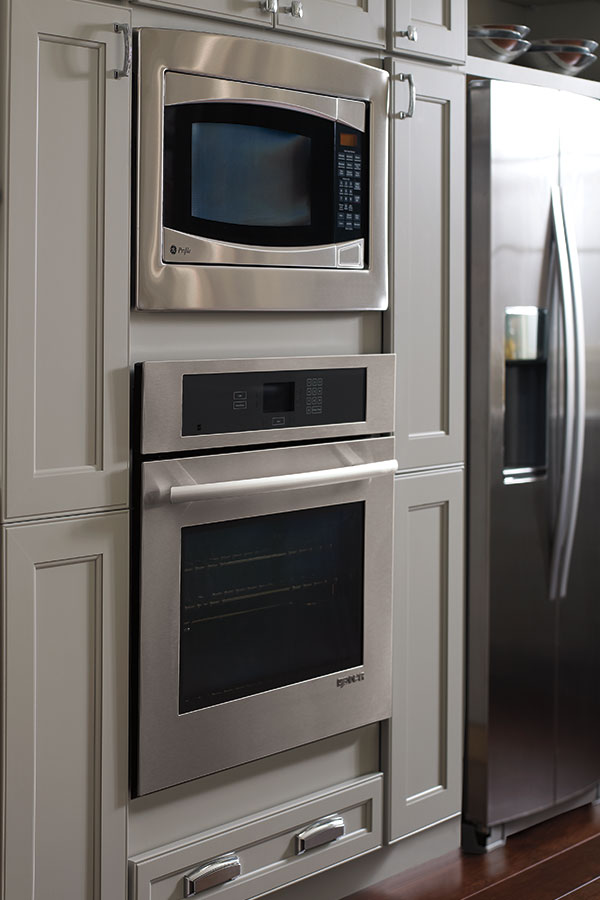Install The Hdf5 Library
If you are a computational fluid dynamics (CFD) practitioner, at some point, you would have to use Hierarchical Data Format 5 (HDF5) and CFD General Notation System (CGNS) libraries in your programs. HDF5 format provides an advanced way of organizing any data and allows efficient access to the data. CGNS prescribes specific methods and practices to use when writing CFD simulation data into HDF5 format. You can find more info on everything about these libraries in their website. But here, I describe the way to install HDF5 & CGNS in a Ubuntu 18.04 system.
Open Initializes the HDF5 library close Flushes all data to disk and clean up resources dontAtExit Instructs HDF5 C library not to install atexit clean up routine; this is helpful when having global objects in the application because the clean up routine might be executed before the global destructors and prematurely close any needed HDF5. Jan 08, 2013 Make a symbolic link “latest” to point to the latest (only, at this point) version installed: lariosadd@hydra hdf5$ sudo ln -s hdf5-1.8.13-linux-x8664-shared latest. Run the h5redeploy script to change the paths in a few scripts. They can be found in the bin folder of the binary distribution (default installation directory C:Program FilesHDF GroupHDF51.8.9bin and must be present in a directory that is part of your PATH environment variable. Obtain copies of of the source code and build your own binaries. HDF5 library source code HDF5DotNet source and examples. I want to install hdf5 library in a local directory on a Centos cluster. My MKLROOT is /opt/intel/compilersandlibraries2020.2.254/linux/mkl My hdf5 library is hdf5.
The installation procedure follows what is given in CGNS website, but with some important tweaks to get it to succeed installing in Ubuntu 18.04.
Download the CGNS source code into some directory.
Currently, this downloads CGNS 3.4.0 source code into a directory named CGNS in the present location. Although you can install HDF5 separately, and possibly a newer version from HDF5 website, I strongly advise against it. We want the CGNS library to work with our HDF5 installation. So, it is best to install the HDF5 version suggested by CGNS.
Change into the CGNS directory.
Install Hdf5 Library Ubuntu

There are install scripts provided in the bin folder. Three of them in fact, one to install HDF5 (./bin/install-hdf.sh), another to configure CGNS for our system (./bin/config-cgns.sh) and the last one to install the configured CGNS (./bin/build-cgns.sh). Of course, we need to do the installation in the order I have listed.
You can choose to use the install-hdf.sh script. Some options inside that script failed for me. So, instead, use the following commands:
This will download the HDF5 v1.8 into the newly created directory hdf5_1_8. Change into this directory and use the following command:
Note that I am choosing to install HDF5 in the location $HOME/hdf5, you can choose any other convenient location as well. But remember, this is the location you need to link any program trying to compile with HDF5 libraries.
The installation of HDF5 will take some time, and finally it will output the HDF5 configuration installed in the system. I have configured HDF5 to include Fortran bindings as well by the flag --enable-fortran. If you only want C binidings, you can replace that by --disable-fortran.
After this, we need to configure CGNS using the ./bin/config-cgns.sh script. The default script looks like this:
Edit it to look like this:
Apart from some specific modifications to make it work for Ubuntu, I have also specified the CGNS installation directory as $HOME/cgns. You can change this to any other convenient location. But again, this is where the built CGNS libraries and headers will be kept. You will be required to link to this location when compiling and linking programs with CGNS.
(If you have installed the HDF5 to some location other than $HOME/hdf5, you should specify that here in the flag --with-hdf5=)
Run this configure script using:
This will configure the CGNS for your system.
Finally, install CGNS using:
That’s it. You have installed HDF5 & CGNS in your Ubuntu system at $HOME/hdf5 and $HOME/cgns respectively.
Install Hdf5 Library Python
There are test codes available inside the downloaded CGNS repo at: ./CGNS/src/Test_UserGuideCode. They would have been tested during the build process as well.
If you have a program test.c which uses CGNS functions, then you would want to compile and link the program as follows:
test.out is the final executable created for the program.
Notice that we have chose not to install the utility tools for CGNS by choosing the flag --disable-cgnstools in out configure script. Enabling this fails for me. I tried to install cgnstools using various other methods as well, but it fails for me in Ubuntu 18.04.

HDFVIEW
Install Hdf5 Library Windows
If you want a GUI for viewing your CGNS/HDF5 files, you may want to use HDFVIEW software. Note that the hdfview available in ubuntu repositories does not work. Even the source code compilation process always fails in ubuntu. Just download the prebuilt binary for CentOS7 from the HDF website. And run the HDFView-3.1.0-Linux.sh script inside the downloaded archive to create the binary. It works properly in Ubuntu 18.04. I found this useful tip from Michael Hirsch’s blog.